Paris, the city of lights, is also the city of museums. With over 130 museums scattered across its arrondissements, it’s easy to feel overwhelmed—not just by the choices but also by the costs. For culture-hungry travelers, the Paris Museum Pass promises unlimited access to many of the city’s top attractions. But is it worth the investment? After a week of testing the pass across some of Paris’s most iconic sites, the answer isn’t just a yes—it’s a resounding “you’d be crazy not to.” Here’s why.
The pass comes in three durations: 2, 4, or 6 days, priced at €52, €66, and €78 respectively. At first glance, the numbers might seem steep, especially for budget travelers. But consider this: a single entry to the Louvre costs €17, Versailles €18.50, and the Musée d’Orsay €16. Hit these three alone, and you’ve nearly recouped the cost of a 2-day pass. The math only gets more compelling as you add more venues.
Beyond the obvious financial savings, the pass offers something arguably more valuable: time. Paris’s museums are notorious for their long queues, particularly in peak seasons. The pass grants skip-the-line access at many major sites, a perk that’s impossible to overstate when you’re standing in a two-hour line under the summer sun. At the Louvre, where wait times can exceed 90 minutes, we waltzed past the snaking crowds and were admiring the Mona Lisa within 15 minutes of arrival.
Then there’s the spontaneity factor. Without worrying about individual ticket costs, you’re free to pop into smaller museums you might otherwise skip. The Musée de l’Orangerie, home to Monet’s breathtaking Water Lilies, was an unplanned highlight. Similarly, the Rodin Museum’s sculpture garden became an impromptu lunch spot. These lesser-known gems often deliver Paris’s most authentic cultural moments.
But the pass isn’t flawless. Some critically acclaimed museums—like the Fondation Louis Vuitton—aren’t included. The clock starts ticking the moment you activate the pass, not at first use, so midnight activations waste precious hours. And while it covers permanent collections, temporary exhibitions often require supplemental fees. Still, these limitations feel minor when weighed against the overall value.
To test the pass’s upper limits, we designed an aggressive 4-day itinerary hitting 18 sites. The total à la carte cost would’ve been €227; with the €66 pass, we saved €161. Even a more relaxed 2-day version covering just the heavy hitters (Louvre, Versailles, Orsay, Arc de Triomphe, Sainte-Chapelle) saved €97.50. That’s nearly €100 leftover for croissants and café crèmes.
Perhaps the pass’s greatest gift is how it transforms your relationship with Paris’s cultural treasures. Instead of treating museums as checklist items, you experience them as the Parisians do—popping in for a brief visit between errands, lingering over a single gallery when the mood strikes. It turns art appreciation from a scheduled obligation into a natural rhythm of daily life.
For first-time visitors or those with packed itineraries, the Paris Museum Pass isn’t just a convenience—it’s a strategic advantage. The hours saved bypassing lines alone justify the cost, let alone the financial savings. After our experiment, one thing became clear: in a city where time is as precious as euros, the pass doesn’t just save money. It helps you fall in love with Paris on your own terms.

By Sophia Lewis/Apr 11, 2025

By Joshua Howard/Apr 11, 2025

By Grace Cox/Apr 11, 2025

By George Bailey/Apr 11, 2025

By Samuel Cooper/Apr 11, 2025
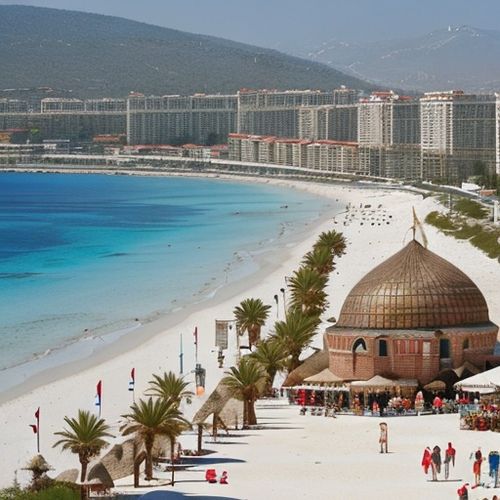
By Sophia Lewis/Apr 11, 2025

By Megan Clark/Apr 11, 2025
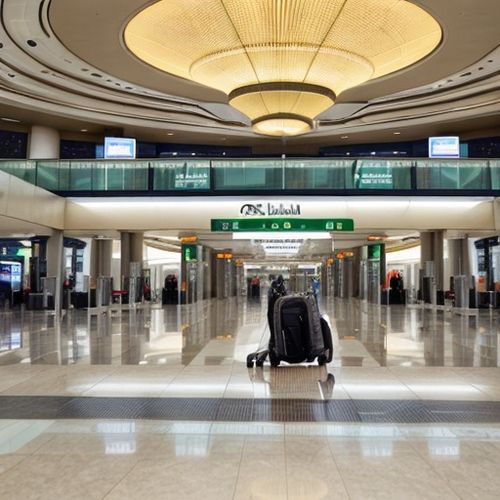
By Lily Simpson/Apr 11, 2025
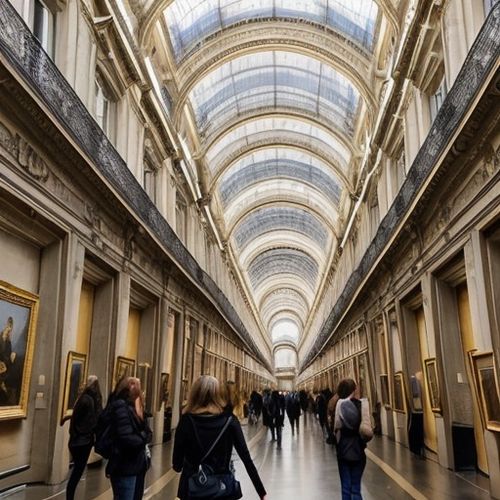
By Samuel Cooper/Apr 11, 2025

By Noah Bell/Apr 11, 2025
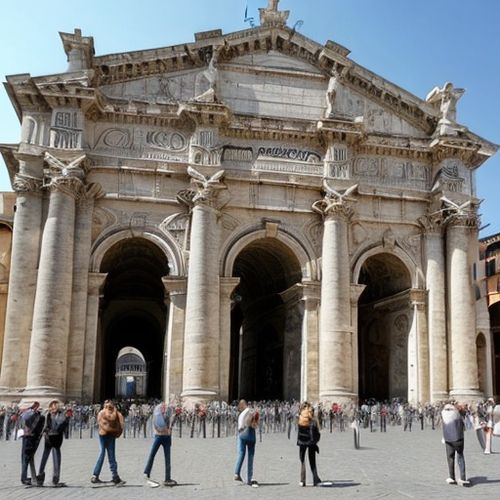
By Ryan Martin/Apr 11, 2025
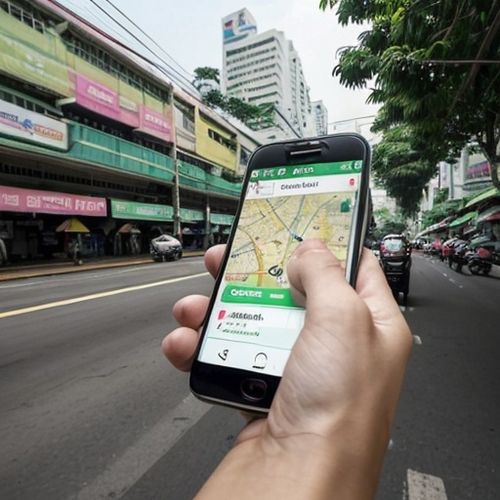
By John Smith/Apr 11, 2025
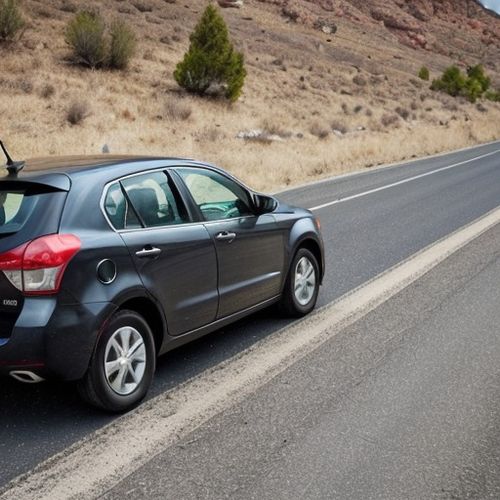
By James Moore/Apr 11, 2025
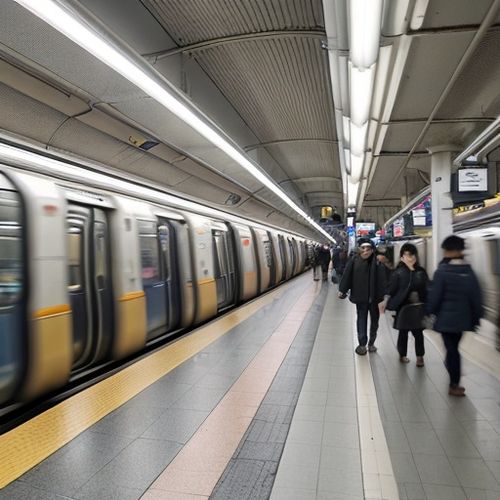
By Lily Simpson/Apr 11, 2025

By Thomas Roberts/Apr 11, 2025

By Jessica Lee/Apr 11, 2025
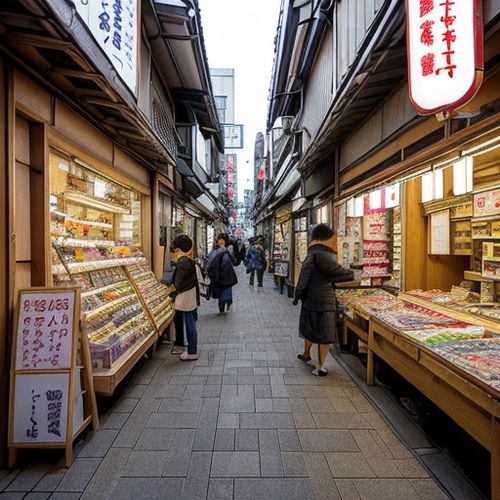
By William Miller/Apr 11, 2025

By Elizabeth Taylor/Apr 11, 2025

By Christopher Harris/Apr 11, 2025
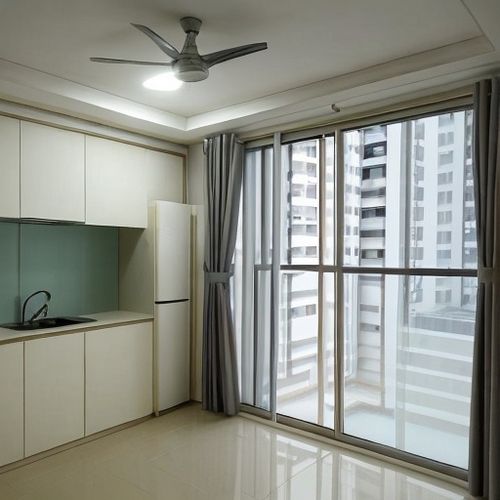
By Eric Ward/Apr 11, 2025